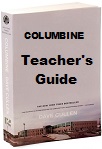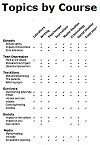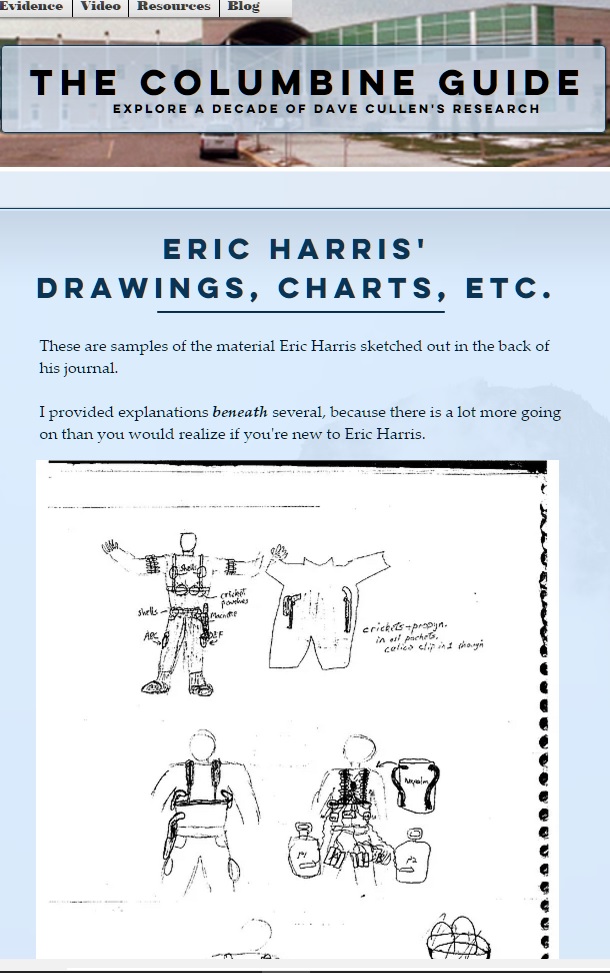Discussion Questions: Teen Depression
Teen Depression—The Greatest Unlearned Lesson of Columbine
-
Explain the difference between clinical depression and “sadness.” What makes depression so dangerous?
-
Identify five common consequences of depression. Discuss how each one can devastate the life a teen ager.
-
Did you know 6% of U.S. teens suffer clinical depression? Discuss the impact to schools and individuals. Alternative: discuss the economic impact with adults. (See the Psychology Module for citations on the 6% figure, etc.)
-
Outline the two major strategies for treating depression. How successful are they?
-
Discuss the controversies surrounding pharmacological treatment. Is there legitimate cause for concern?
-
Discuss the suicide rate among teens. What are the key warning signs? How do you approach a classmate you fear is in danger? What can you do if you fear it in yourself?
-
React to the statement: “Parents and schools are drugging our kids out of our problem.” Are anti-depressants over-prescribed? Under-prescribed? Take a position.
-
What causes depression? Are there genetic predispositions? How significant are external factors in bringing it on (e.g., breakup with a boyfriend/girlfriend). Who is most at-risk?
-
Does a depression diagnosis still carry a social stigma? How might that change?
-
What have organizations like the U.S. Preventive Services Task Force recommended as strategies for diagnosis and treatment?
-
What is in place in your school to diagnose and treat kids in trouble? How effective is it? How could that change?
-
(For more questions, topics, outside readings and selected Columbine passages, see the “Case Study in Teen Depression: Dylan Klebold” unit in the Psychology Module.)
Depression and Dylan Klebold
-
What role did depression play in the attack? Would Dylan have killed people if he’d been diagnosed and treated?
-
Describe the misery Dylan was going through. What was so painful for him? Did that change over time? How did his responses to it change?
-
How did Dylan see himself? How did his self-image compare to objective assessments (e.g., based on his social calendar, how his friends saw him and related to him, etc.)
-
Why was Dylan never diagnosed with depression? Should he have been? How do you think that would have affected the outcome?
-
How often do angry depressives commit murder? Outline the progression from suicide through single murder to mass murder. What causes a person to make that progression?
-
Read the essay published by his mother, Susan Klebold in 2009. (In O Magazine. Full citation in the depression section of the Psychology Module). List five warning signs she could identify in retrospect. How common are each? How does a parent, teacher or friend know when to take each one seriously?
See the Teen Depression Unit for resources, warning signs, hotlines,further reading, detailed questions and much more.




